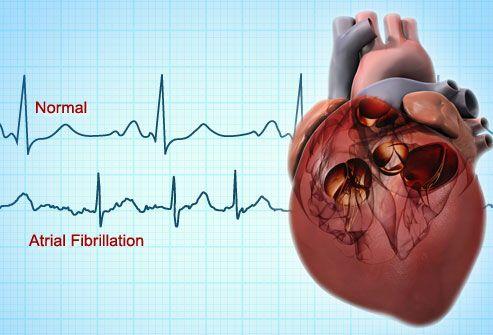
Atrial fibrillation appears to increase the risk of incident fracture among adults in the community-based Framingham Heart Study.
A total of 3,403 participants (mean age, 68 years; 53.3 percent female) were included in the analysis at index age ≥65 years. Of these, 525 (15 percent) participants experienced incident fractures during a median follow-up of 12.5 years.
Those with atrial fibrillation had a 37-percent higher risk of subsequent fracture (hazard ratio [HR], 1.37, 95 percent confidence interval [CI], 1.06–1.79). Evidence of effect modification by sex was not observed (HR, 1.55, 95 percent CI, 1.06–2.26 in men; HR, 1.22, 95 percent CI, 0.84–1.77 in women; pinteraction=0.27). In addition, results were consistent at other index ages.
This study sought to resolve conflicting evidence regarding the association of atrial fibrillation with the risk of subsequent fractures. Participants aged ≥45 years from the Framingham Heart Study Offspring, Third-Generation, New Offspring Spouse, Omni 1, and Omni 2 cohorts were included. The investigators prespecified analysing index age 65 years as the primary analysis. Then, they repeated analyses for index ages 45, 55, and 75 years.
Any incident bone fracture, except finger, toe, foot, skull, and facial fractures, was the primary outcome. An illness-death model that accounted for the competing death risk was generated to examine the association between time-varying atrial fibrillation and subsequent fractures. HRs adjusted for age, sex, body mass index, smoking, diabetes, alcohol intake, and prior fracture were then estimated.